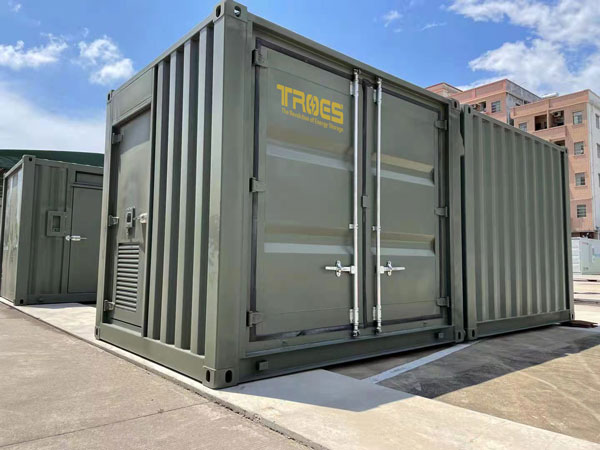Battery Energy Storage Solutions (BESS) have not received the same fanfare as rooftop solar arrays. Yet their importance as an energy sustainability tool is growing.
BESS systems provide reliability during power outages, of course. More importantly, they can lower building operating costs by storing power for later use when grid costs are high. Batteries can do this in two ways.
First, if the building has PV arrays on its rooftop or in the immediate vicinity, electrical energy generated during the day can be stored for use at night to run building operations.
In addition, power can be drawn from the electrical grid during hours when costs are lowest, typically night-time, and then used during peak periods of occupancy during the day. Either way, cost savings can be significant.
An electricity usage audit conducted prior to any BESS installation is a good idea. In particular, larger users of electricity, such as businesses with a monthly peak demand of 50kWh or more should understand how costs work in their specific area. Prices, rate structures and the ratio of fossil-based generation to renewables vary across the country.
A business that can time their energy draw from the grid for battery storage when hourly costs are the lowest and then use that stored energy when grid costs are the highest will see significant reductions in their electricity bills.

The most advanced BESS systems do more than store and dispense electricity. They can integrate with the building’s energy management system to help determine the most efficient use at any given time.
As Norwegian battery system manufacturer ECO STOR , “An energy management system (EMS) measures energy consumption and monitors areas where it might improve energy efficiency. EMS provides an overall picture of the energy usage in a building and has a considerable potential to reduce a building’s energy consumption.”
Going further, a BESS can help reduce overall consumption even more by working with the building’s management system and its automation systems which together control more than 40 per cent of a building’s total energy use.
Batteries work in different ways. Lithium–ion, first developed in the 1970s, is the best known technology. But other methods are being used today, some quite innovative.
Compressed air storage uses surplus power to compress and store air. When needed, energy is created by releasing the air through air turbines. There are even mechanical gravity energy storage systems that use energy to lift concrete blocks up a tower. When power is needed, the blocks are lowered, generating electricity though the pull of gravity.
Where should batteries be stored and secured, within the building or on its property? In cities like New York where ground floor space is at a premium, rooftops are sometimes used. This may not be acceptable in all instances. Occupants, particularly in apartments, are not often enthusiastic about the idea of heavy batteries being installed over their heads. Therefore, exterior storage is common for large systems.
The use of BESS systems has been low historically but is growing quickly, according to . The lower cost for batteries, a reported drop of 72 per cent from 2015 to 2019, is fuelling higher demand.
Canada has its own manufacturer of BESS systems.
., based in Markham, Ont., offers a range of battery storage solutions of varying size, with more than 50 projects completed in over nine countries.
At one project in Shediac, N.B., a TROES BESS works in conjunction with a community solar farm to supply 70 per cent of the power requirements for a two-building New Brunswick/Government of Canada pension centre facility, a member of the Smart Grid Atlantic program, saving them from “outrageous electricity bills.”
Prescott Hartshorne, director of distributed energy and renewables for U.K.-based , , “The next decade will be big for energy storage in general and for batteries in particular. It will be an important proving time for batteries and for other technologies.”
John Bleasby is a Coldwater, Ont.-based freelance writer. Send comments and Inside Innovation column ideas to editor@dailycommercialnews.com.








Recent Comments
comments for this post are closed